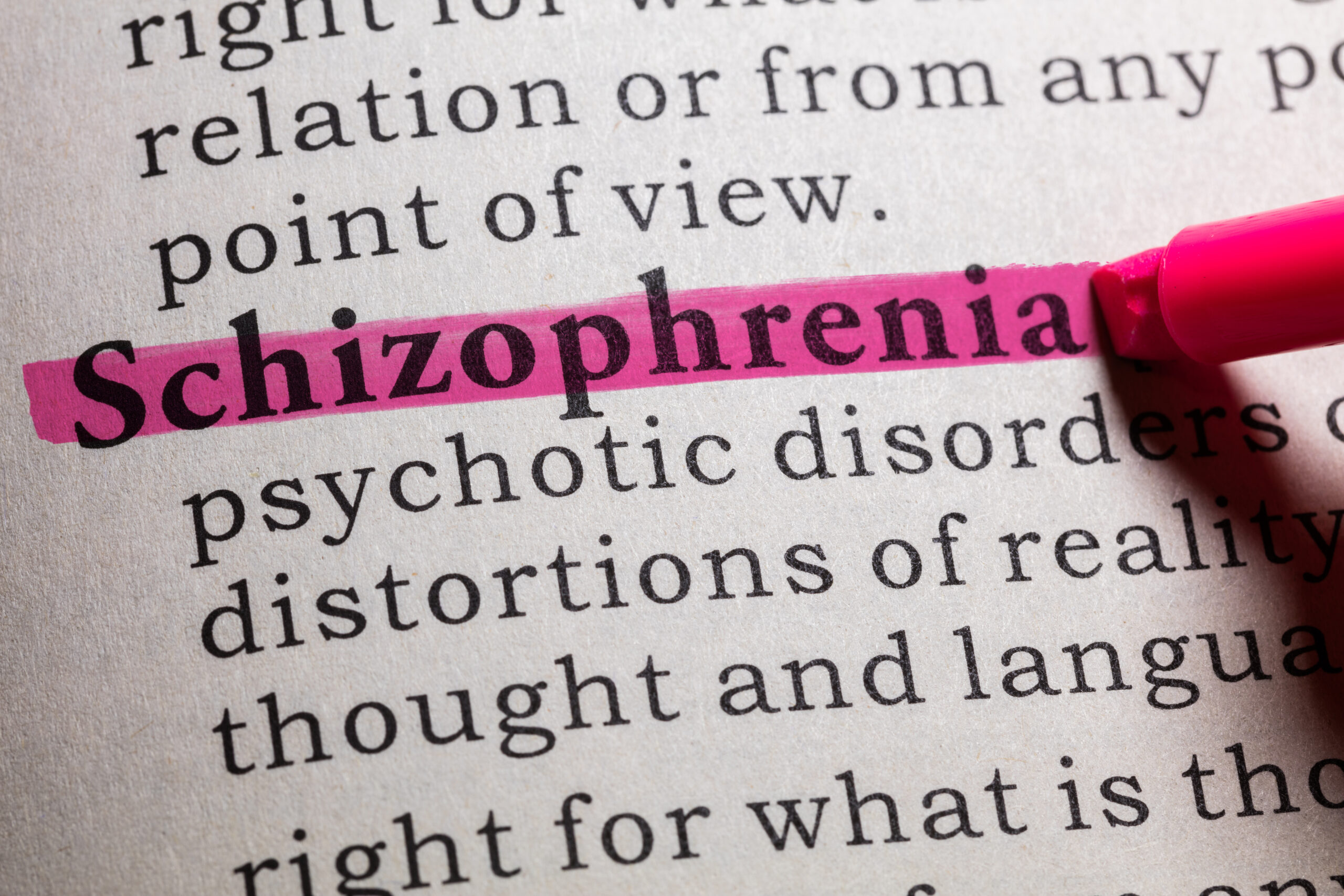
Schizophrenia (SZ) is a severe mental illness that poses significant challenges to both patients and healthcare systems. Despite extensive research efforts, the underlying molecular mechanisms of SZ and the trajectory of disease progression remain poorly understood. However, a recent review published in Current Psychiatry Reports, titled “Magnetic Resonance Spectroscopy Studies of Brain Energy Metabolism in Schizophrenia: Progression from Prodrome to Chronic Psychosis,” provides a comprehensive overview of how brain energy metabolism may play a critical role in SZ. Authored by Abigail Stein, Chenyanwen Zhu, Fei Du, and Dost Öngür, this review highlights key findings from magnetic resonance spectroscopy (MRS) studies and their implications for understanding and potentially treating SZ.
The Role of Energy Metabolism in Schizophrenia
The concept of brain energy is central to this review, emphasizing that our brain is the most metabolically active organ in the human body, consuming about 20% of the body’s energy at rest. Schizophrenia, characterized by symptoms like hallucinations, delusions, cognitive deficits, and negative symptoms, has been increasingly linked to metabolic changes, particularly those related to glucose metabolism, mitochondrial dysfunction, and redox imbalance. Understanding these metabolic abnormalities is crucial for developing new treatments and improving patient outcomes.
Key Findings from Magnetic Resonance Spectroscopy Studies
MRS is a specialized, noninvasive neuroimaging technique that allows researchers to measure various metabolites involved in energy production in vivo. This review covers significant findings from 1H- and 31P-MRS studies in patients at clinical high risk for psychosis, those with first-episode schizophrenia (FE SZ), and those with chronic schizophrenia (chronic SZ).
High-Energy Phosphate Metabolism and Creatine Kinase Activity
31P-MRS studies have focused on the brain’s high-energy phosphate metabolites, particularly ATP and phosphocreatine (PCr), and the rates of ATP transportation, synthesis, and consumption. These studies revealed that both FE and chronic SZ patients exhibit significantly reduced creatine kinase (CK) reaction activity, indicating impaired energy production. Interestingly, this deficit is present early in the illness course and persists into chronic stages, suggesting a fundamental issue with brain energy metabolism in SZ.
Redox Imbalance and Intracellular pH
Redox imbalance, indicated by a decreased NAD+/NADH ratio, is another critical finding in SZ patients. Both FE and chronic SZ patients show a significant reduction in this ratio, primarily due to increased NADH levels. This imbalance points to a shift from oxidative phosphorylation (OxPhos) to glycolysis for energy production, a process that is less efficient and associated with increased oxidative stress. Additionally, chronic SZ patients tend to have increased lactate levels and decreased intracellular pH, further supporting the shift toward glycolysis.
Glutathione and Oxidative Stress
Glutathione (GSH), the brain’s primary antioxidant, plays a crucial role in maintaining redox balance. MRS studies have provided mixed results regarding GSH levels in SZ patients, with some studies indicating decreased levels in chronic SZ, while others found no significant differences. However, these inconsistencies may be due to variations in disease chronicity, age, and symptom severity among study participants.
Implications for Treatment
The findings from these MRS studies suggest several potential therapeutic targets for SZ. Addressing mitochondrial dysfunction, redox imbalance, and impaired energy metabolism could lead to more effective treatments. For instance, N-acetylcysteine (NAC), a precursor to GSH, has shown promise in increasing brain GSH levels and improving symptoms in FE psychosis patients. Other potential interventions include NAD+ supplements and mitochondrial-targeted antioxidants like MitoQ, which may help rebalance the redox state and enhance mitochondrial function. For those familiar with Brain Energy, the ketogenic diet is also a powerful treatment option.
Conclusion
This review underscores the importance of brain energy metabolism in the pathophysiology of schizophrenia. MRS studies have provided valuable insights into the metabolic abnormalities present in SZ patients, highlighting the potential for new therapeutic approaches targeting these deficits. As research progresses, a better understanding of brain energy metabolism could lead to more effective treatments, improving the lives of those affected by this debilitating mental illness.


